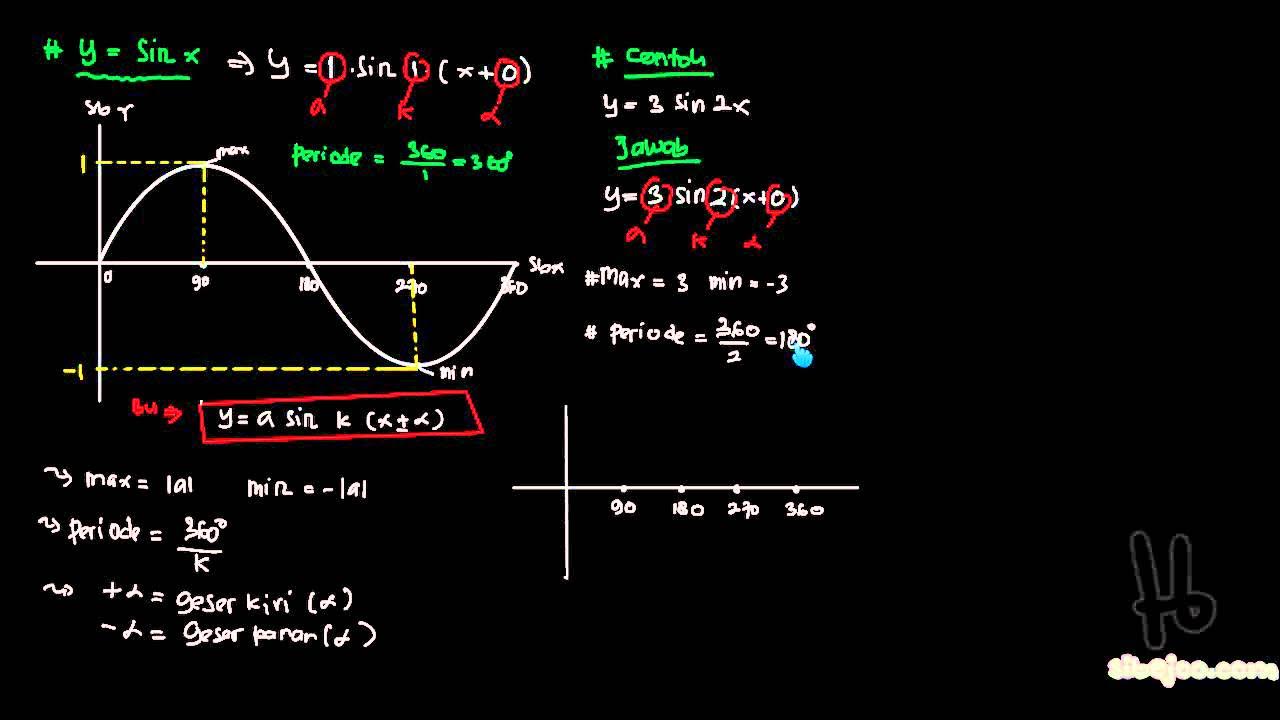Graphing Logarithmic Functions
Summary
TLDRThis tutorial explains how to graph logarithmic functions, focusing on key transformations and their effects on the graph. It covers the relationship between exponential and logarithmic functions, highlighting the differences in asymptotes and rates of growth. The video walks through several examples, demonstrating how to plot logarithmic functions like log base 2, log base 3, and log base 4 with different shifts and reflections. Key concepts include understanding vertical asymptotes, domain and range, and using transformations like reflections across the x- and y-axes. This guide is perfect for learners seeking a comprehensive understanding of logarithmic graphs.
Takeaways
- 😀 Logarithmic functions are the inverse of exponential functions, which have a horizontal asymptote, while logarithmic functions have a vertical asymptote.
- 😀 The graph of a basic logarithmic function (log x) approaches quadrant 1, where both x and y are positive.
- 😀 Logarithmic functions can be transformed using reflections. For example, log(-x) reflects across the y-axis, while -log(x) reflects across the x-axis.
- 😀 Logarithmic functions can also reflect across the origin if both the base and x are negative.
- 😀 When graphing log base 2 of x, the vertical asymptote is at x = 0, with points (1,0) and (2,1) being key coordinates.
- 😀 The domain of logarithmic functions is always restricted to values greater than 0, meaning the domain is (0, ∞).
- 😀 The range of logarithmic functions is always all real numbers, from -∞ to ∞.
- 😀 For a function like log base 3 of (x - 1) + 2, the vertical asymptote is at x = 1, and the range remains (-∞, ∞).
- 😀 When graphing log base 4 of (5 - x), the vertical asymptote is at x = 5, with key points at (1, 2) and (4, 3).
- 😀 Always begin graphing logarithmic functions by identifying the vertical asymptote and plotting key points based on the function's behavior.
Q & A
What is the key difference between exponential and logarithmic functions?
-Exponential functions have a horizontal asymptote and increase at an increasing rate, while logarithmic functions have a vertical asymptote and increase at a decreasing rate. Logarithmic functions are the inverse of exponential functions.
What happens when you graph log(x) for x > 0?
-The graph of log(x) moves towards Quadrant I, where both x and y are positive. The function increases at a decreasing rate as x increases.
How do logarithmic functions reflect across axes?
-Logarithmic functions can reflect across the y-axis or x-axis depending on transformations. If the function is log(-x), it reflects across the y-axis. If it’s -log(x), it reflects across the x-axis. If both are negative, the function reflects across the origin.
What is the vertical asymptote of the logarithmic function log(x)?
-The vertical asymptote of log(x) is at x = 0 because the logarithmic function is undefined for x ≤ 0.
How do you graph log base 2 of x?
-To graph log base 2 of x, first set the vertical asymptote at x = 0. Then, plot the points for x = 1 (log₂(1) = 0) and x = 2 (log₂(2) = 1). The graph will pass through these points and continue increasing to the right.
What is the domain of the logarithmic function log base 2 of x?
-The domain of log base 2 of x is (0, ∞), since the function is only defined for positive values of x.
How do transformations like shifting affect the graph of a logarithmic function?
-Shifting a logarithmic function horizontally or vertically changes the position of the graph. For example, log(x - 1) shifts the graph to the right by 1 unit, and adding a constant outside the logarithm (like +2) shifts the graph up by 2 units.
What is the range of a logarithmic function?
-The range of a logarithmic function is always (-∞, ∞) because the y-values can increase or decrease indefinitely depending on the function's transformation.
How do you determine the vertical asymptote for a logarithmic function like log base 3 of (x - 1)?
-To find the vertical asymptote of log base 3 of (x - 1), set the argument inside the logarithm (x - 1) equal to zero. In this case, the asymptote occurs at x = 1.
What is the general method for graphing logarithmic functions with a shift or transformation?
-To graph a logarithmic function with a shift or transformation, first identify the vertical asymptote (set the argument inside the log to zero), then plot key points by choosing x-values that make the argument 0, 1, or equal to the base. After plotting these points, sketch the curve and observe the transformation effects.
Outlines

This section is available to paid users only. Please upgrade to access this part.
Upgrade NowMindmap

This section is available to paid users only. Please upgrade to access this part.
Upgrade NowKeywords

This section is available to paid users only. Please upgrade to access this part.
Upgrade NowHighlights

This section is available to paid users only. Please upgrade to access this part.
Upgrade NowTranscripts

This section is available to paid users only. Please upgrade to access this part.
Upgrade NowBrowse More Related Video

(Trigono I)grafik sinus

Fungsi Logaritma Matematika Peminatan Kelas 10

Exam Hack | CIE AS Maths | P1 | Function Transformations Question

Graphing Exponential Functions With e, Transformations, Domain and Range, Asymptotes, Precalculus

(Part 1) Fungsi Logaritma Bab Fungsi dan Pemodelannya || Matematika Tingkat Lanjut Kelas XI

FUNÇÃO DO 2º GRAU: DEFINIÇÃO E GRÁFICO
5.0 / 5 (0 votes)